Ultimate Guide To Setting Up A Smart Home For Beginners
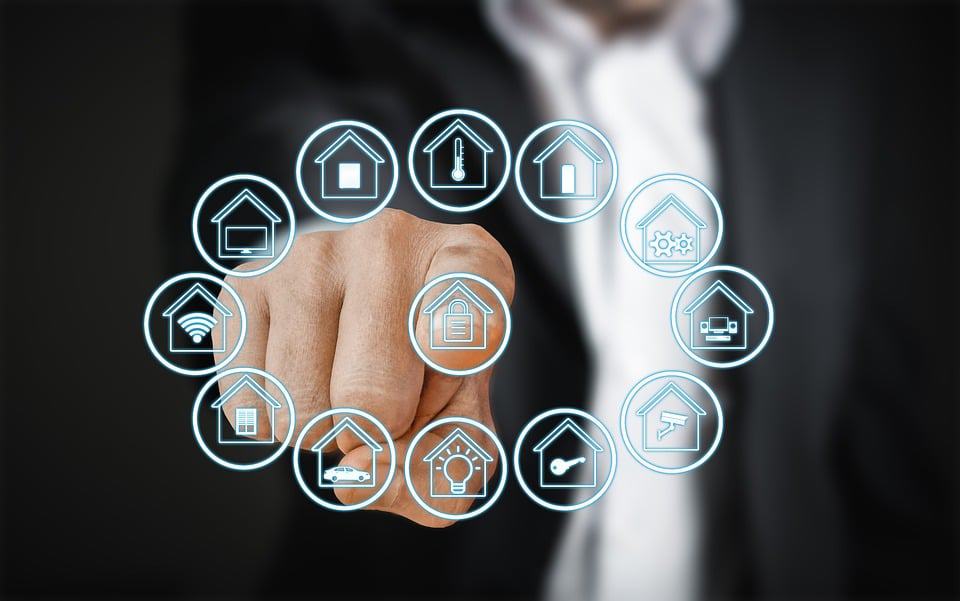
* We may earn a commission for purchases made using our links. Please see our disclaimer here to learn more.
What are the best smart home devices and how much is this whole thing actually going to cost me? This is the one thing that every person setting up a smart home wants to know.
If you are like me then you have a reason, whether spoken or unspoken, about the reason or reasons why you want to create your own smart home.
I want to help walk you through the reasons that might be floating around in your mind and help walk you through the initial ideas and process for setting up your own DIY Smart Home!
So building a smart home is pretty easy. Buy some smart lights, some smart plugs, some security cameras, etc and throw them all together and you have a smart home, right?
Wrong!
People generally assume that setting this up is easy. Well, it can be, if you know what steps to take in order to set it up properly and not waste your time and money on products that don’t matter or you probably won’t get much use from. This process takes some thought and like any process, you need to be aware of some of the problems that you can run into.
Why Should You Build A Smart Home?
This is the part where you expect me to give you some good news about how you are going to save money by doing this yourself instead of hiring a company to come in and set everything up for you.
Well, indeed that is true. You will save an extreme amount of money by doing this yourself. Not to mention the energy costs that you will save by implementing a smart home.
Just based on energy efficiency you will save money. I am already seeing those savings myself and in turn, I hope to pass this information along to you.
However, we need to look at all of the different cost factors that come into play when building your own smart home. You need to ask yourself some basic questions and depending on the answer, that will dictate where you are going to end up.
This article is driven more to someone who is looking to set up a smart home on the inexpensive side rather than a high-end system. Either way, you will save money.
I have read estimates on the average cost of setting up a basic smart home that comes in anywhere between $1000 and $4000. That is a pretty wide margin. Here again, it really comes down to several factors. Our friends at ITA in Australia wrote an article as well about how much you should spend on home automation costs.

Should I Build A Smart Home?
The reasons that you might be thinking of implementing some sort of smart home technology vary greatly. For some people, it’s simply that they want to be able to show off their tech-savvy with a smart home party. Some people feel that they want to be more connected to their vacation home.
For some people, it’s because they have a family member who needs this kind of technology. I have actually been dealing with this myself and hence wrote another article called Complete Guide To A Smart Home For The Elderly. But there are many other reasons and I’ll touch on each of them so read on!
If you are a smart home beginner and are just getting started on your smart home journey, then I’m here to help you out. In fact, that is the whole idea behind this website. It really depends on what you are expecting out of your smart home and what exactly you want it to do for you and your family.
Am I Savvy With Electrical Work?
Now don’t get me wrong. I’m not saying that you have to have your journeyman’s license in order to install this stuff! I’m just saying that you want to make sure that you are comfortable installing some basic electrical wiring. Especially if you are going to be installing new smart thermostats, light switches or a smart garage door opener.
That sort of thing can seem a bit daunting for someone who has never done it before. If you are someone who is not comfortable doing your own wiring then you should either pick up the phone and call an electrician or find options that don’t require you to wire anything yourself. For example, in the world of smart lighting, it is very easy to find options that only require you to screw in a lightbulb.
Does Smart Home Device Brand Matter?
I would caution you to only purchase well-known brands. With the crowd-funded population of smart home items that have popped up over the years, it would have one slightly concerned.
Now I’m not saying that this should be a cause for you to be worried. In fact, it has probably helped the market more than hurt it.
Every time little Jimmy makes a product in his basement and it turns into a start-up company it makes the competition jump a little. There’s always something better, there’s always something new.
But for the sake of your network security and privacy be leery of just handing over the keys to the kingdom to a new kid on the block.
 Will All My Smart Home Devices Be Compatible?
Will All My Smart Home Devices Be Compatible?
If you are like me, then you go all out. But there are many consumers who take on this project thinking of only one or two things that they want to automate.
Maybe it’s just your lighting or your security cameras that you want to automate. If that is the case, then it really won’t matter what you do.
You can easily purchase lighting that does not need a hub to be compatible. Also, make sure you check out my article on how to choose smart home lighting while you are at it.
You can also purchase smart home security cameras, like the Blink XT2, that do not require another smart home hub to connect to.
However, if you are thinking of going all out, like me. That means that you are thinking long-term and that you may be adding other items to your smart home network as time goes on.
If that is the case, then I definitely implore you to purchase a hub, like a Samsung SmartThings Hub or a Wink Hub. A hub basically makes it so that you are connecting all of your devices to one solitary location.
It also means that you won’t have to have separate hubs laying around all over your office for each thing on your smart home network. I would highly recommend taking a peek at my guide to the best smart home hubs as well.
How much am I willing to spend?
Spending money on smart home gadgets is easy. But money doesn’t grow on trees. Every day I find something new and cool that I would love to add to my smart home lifestyle.
I’ve made the mistake of spending way more money than I needed because I hadn’t defined a budget before jumping in. I’m hoping I can help you from making the same mistake I made right at the get-go.
So you need to identify a budget for your DIY smart home project and write it down on paper. Nothing will come unglued if you have a specific budget that you have set in your minds and on paper.
Typically speaking this is a hard thing to do without knowing the cost of the items you will be adding to your smart home network. So below is a bit of a primer to give you a ballpark on what you will need to budget for each area depending on what exactly you will want to have in your smart home.

What Do Smart Home Devices Cost?
This is a great question, but very difficult to answer. Everyone is different and their needs are different. So I will do my best to give you a high-level overview based on my experience and delve into what you can expect to spend in a ballpark for each of them.
The brands I have used are listed in this article. I’m not saying they are the only products to use. But I am saying that they are the ones I have had the most success with.
Smart Home Hubs (Start Here)
The primary gateway to this whole project will be a smart home hub. So that will be where we will begin. If you purchase a Samsung SmartThings Smart Home Hub to get started, typically it will be under $100. You can check the current price on Amazon though.
Again, for our purposes in this article, we will talk about the less expensive side of the smart home scale. This is where most people should start if they are doing this themselves and don’t want to tackle a lot of the technical challenges that could arise from going with super high-end products.
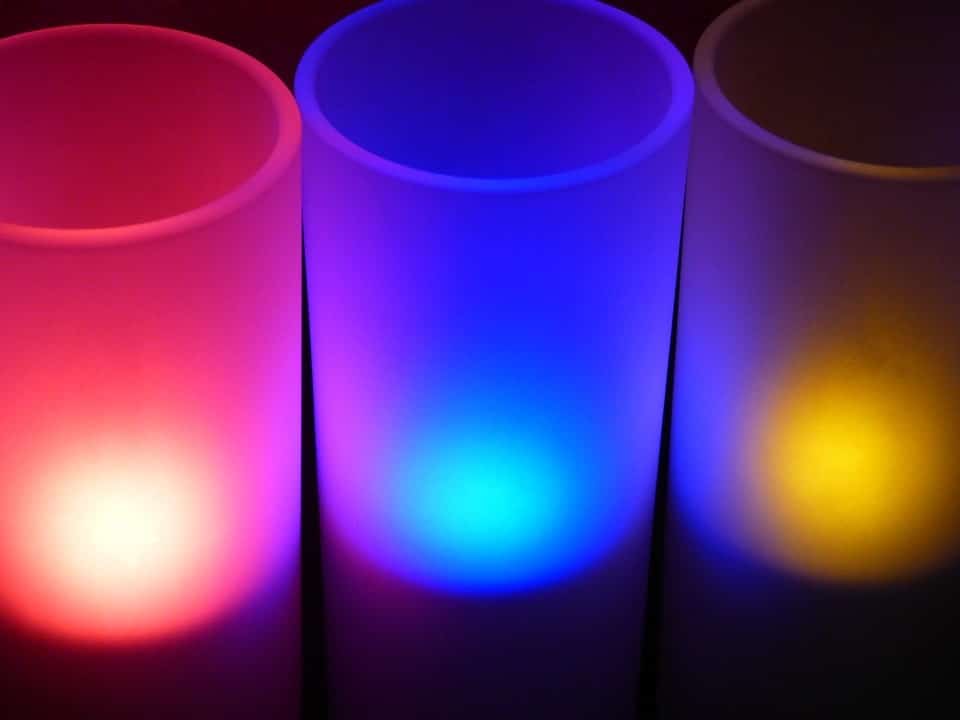
Smart Home Lighting
If you are interested in adding smart home lighting then there are some things to consider here.
- How many lights do you want or need to be able to control?
- Do you require colored lights?
This can cost you anywhere from $50 to $200 and maybe more depending on how many lights you intend on adding to your household. Personally, for plain old lighting, I recommend the Philips Hue Lights.
You can check their current price on Amazon. However, if you require a bit more pizzazz, or have rock star children that need to live in some serious colored lighting, then you might want to consider the Philips Hue Color Starter Kit. You can find that here on Amazon as well. Obviously, there are other brands, but these are my recommended favorites especially if you don’t want to break the bank.
Ideally, the smarter way to do a smart home lighting project is to install smart light switches rather than smart light bulbs. The best reason for this is that if you install a smart light bulb (e.g. Philips Hue) then your light switch needs to be running for the bulb to actually work.
If there’s no juice flowing to a bulb, the bulb cannot be turned on. Something else of note here, I’ve had situations where some smart switches and dimmers will not power a particular light or work with the older wiring in my house.
This is where it’s much less expensive to replace a light bulb than to buy a new fixture. This will also save you the nightmare of getting woken up in the middle of the night and thinking your house has been possessed (it has, but it’s just Alexa!)
Smart Home Thermostats
This was a recent project in my household. We spend a lot of time investigating the different offerings and probably more time than we needed to at that.
It is important that when you look at Smart Home Thermostats that you make sure they not only work well and get good reviews. You need to make sure that they will integrate well with your smart home bridge.
In this case, we went with the Ecobee Thermostats as they are very highly recommended and get great reviews. Luckily they also integrate well with Samsung SmartThings so it was a no-brainer.
There are a couple of different options with Ecobee, but for our 4 zone home, we went with the Ecobee 3 Lite version, as they were on the less expensive side at around $195 each. You can check the current price for yourself on Amazon.
Smart Security Cameras
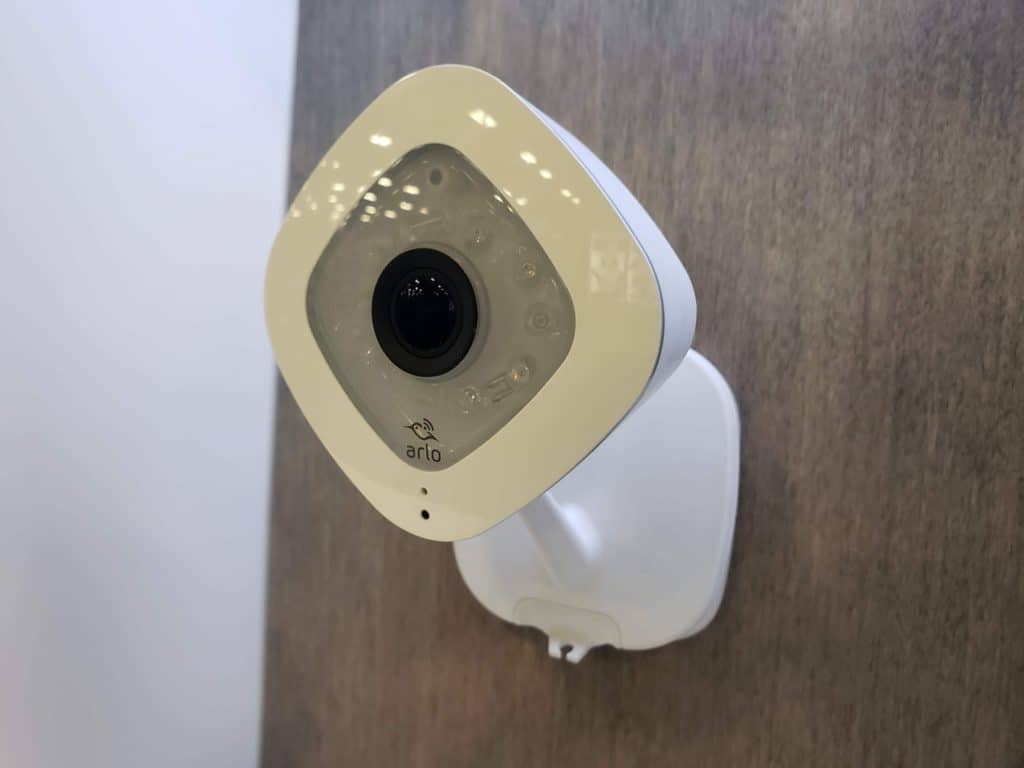
Some people are thinking about security, so they start out by buying a camera system such as a Blink or Nest so that they can see what is going on at the house at all times. This is great if you have security concerns and will make your life much more carefree. When it comes to smart home security cameras there were a lot of questions that we had.
First, we wanted to make sure that it was compatible with the Samsung SmartThings Hub.
Then we wanted to make sure that we weren’t going to have to pay a monthly storage fee for the clips that were stored. We also wanted to make sure that we were going to be able to expand the system if we wanted to.
At this point narrowed it down to a couple of cameras and then we thought out loud. “Hey, maybe we want to put these cameras outside.”…….” and we live in New England”……..” and “it gets REALLY cold here!” How well will cameras actually work in the rain, snow and sub-zero temperatures?
After oodles of research, we found that the best fit for our purposes was going to be the new Blink XT2 cameras. Depending on how many of these cameras you require, it can cost you anywhere from $100 to $330 on Amazon, but you can feel free to check the prices for your specific needs. I also wrote an article focused just on this topic titled How To Pick A Smart Security Camera.
Smoke and Carbon Monoxide Detectors
For us, this was not a high priority at first until we found out that we already had a smoke detector/carbon monoxide detector system that would integrate with the Samsung SmartThings Hub!
We have three of the First Alert OneLink system in our house and were able to integrate it fairly quickly into the SmartThings hub. Not only that but the price point wasn’t bad at all if we wanted to add more as they were about $40 a piece when we purchased them. You can check out the current price for those over at Amazon. Here’s the link.
Window and Door Sensors
When I was first researching this topic it was a fairly interesting subject, to begin with having worked in sales for a cable company that pushed home security all day long.
I know first hand that the price of these things can add up if you have a lot of doors and windows that you want to have protected. So I was curious to see how the price would add up comparatively if I actually owned the equipment instead of renting it from the cable company or some other provider.
Simply put, most of the window and door sensors in the market now are fairly affordable. Samsung makes window, door, moisture, and many other sensors for their SmartThings lineup that allow you to grow your home security overtime by adding on new sensors that are very budget friendly.
Smart Home Locks
I have a good friend who is a locksmith and over the course of the last few years, the demand for these things has gone right straight through the roof! Personally, I take home security very seriously. If you are anything like me you only want the best for your door locks. This isn’t something to fool around with.
Some people might want to buy automated locks for their doors like the Kwikset Kevo or the August Smart Lock Pro, which can be set up to unlock when you approach the door.
As I mentioned earlier I have a good friend who is a locksmith and has been for over 35 years. Even before these new smart locks came around he was raving to me for years and years now about how Schlage makes a better lock for your door than anyone else.
That said, my personal choice was to go with the Schlage Z-Wave Connect Camelot series. I have one on the front door and one on the back door. These work with both the SmartThings Hub and Alexa and were fairly easy to install if you are handy with installing a normal deadbolt.
Typically they cost around $150 each, but you can check their current price on Amazon here. While you are there check out the reviews. I think you will find that most people are pleased with these little wonders.
For more information, check out our article comparing the top smart locks on the market today.
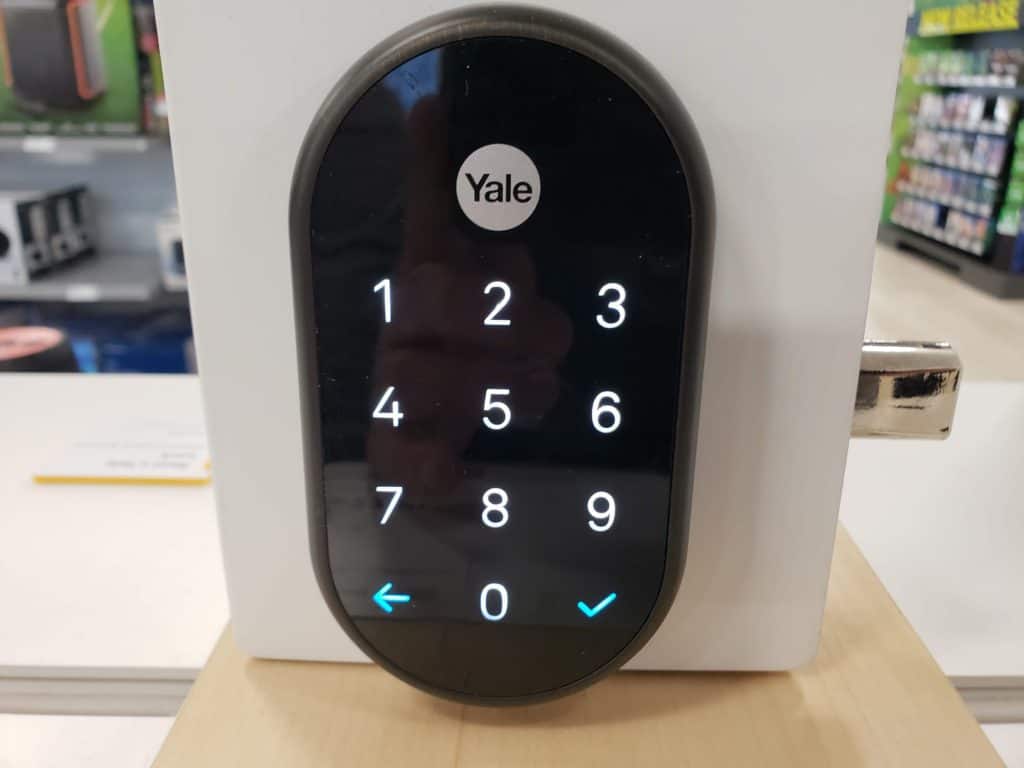
Garage Door Automation Devices
I have heard a lot of people have implemented a Raspberry Pi as a smart home garage door opener. While that may be for the tech-savvy. I think you will find my experience much more user-friendly.
Plain and simple, that’s how I like to keep things as much as possible. A GoControl Linear Z-Wave garage door opener just works beautifully with the Samsung SmartThings Hub. No issues whatsoever and not that expensive to boot! This will typically be under $100. You can check the current pricing on Amazon though if you like.
Smart Home Blinds Automation
Smart Home Blinds Automation is a conversion that I have not done yet myself. This one is a bit more costly as you will have to purchase a kit to convert each window/blind in your house individually.
The only company that I can find currently making these conversion kits is a company called My Smart Blinds and they typically run around $129 each on Amazon, but you can check the price here for yourself.
Personally, this wasn’t a huge “must-have” for me, because my house is loaded with windows and we really like having the light. However, it would be completely understandable for someone who wanted the energy savings to invest in this kind of conversion. Plus it’s just really neat!
Entertainment Automation
Recently I figured out that Dish had a built-in addon to their Hopper that would allow you to hook up an Alexa or Echo device to the Hopper and change the channel with your voice! How cool is that?! Well, I thought it was pretty darn cool too. Only thing I realized is that I couldn’t turn the TV off and on with my voice and my enthusiasm was quickly drained. I had to figure out a way to get my tv to turn off and on with the sound of my voice.
Well, it didn’t take me long. I found the Logitech Harmony Smart Control. This little device, when paired with Alexa, actually makes it so that you can custom control any of your home theater devices with the sound of your voice.
It was super easy to set up and I love how you can set custom controls for anything. Your TV, Your PS4, Amazon Fire TV, you name it. This thing rocks! I got it for a steal when I bought mine at half price at the time coming in at $69! But you can check out the current price on Amazon check the current price.
You can also read my short review on the Logitech Harmony Smart Control Hub to find out a little more detail.
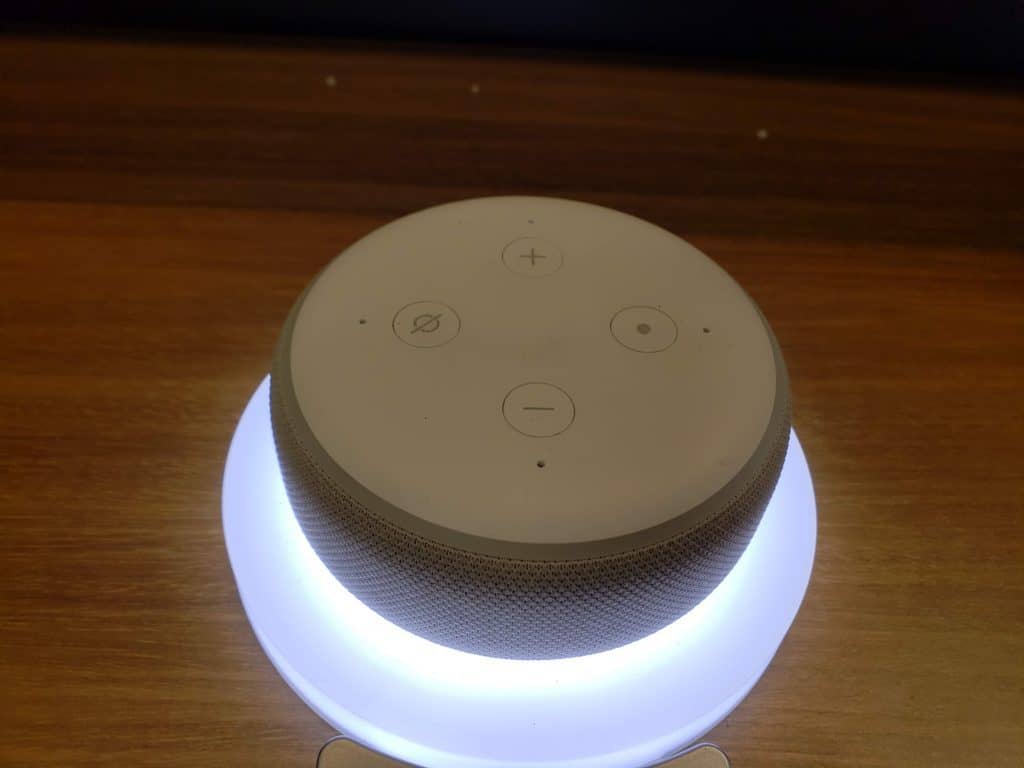
Voice Automation For Your Smart Home
For me, this was a no-brainer. Why am I going to buy all of these new-fangled smart home products if I’m not going to control them by my voice? I love coming home and telling Alexa to turn on the lights or turn on my TV.
But it’s not the same for everyone. Some people are not endeared by the idea of having something in there house that can listen and understand their every word. I get it.
However, voice control automation has become an irrefutable part of our culture. According to the BusinessWire website the voice recognition market is projected to reach $126 billion by 2023. That’s not chump change and that certainly shows the way that the smart home automation market is headed as well.
Besides, there are a lot of really cool new things you can do with Alexa and the list keeps growing!
Since I just mentioned Alexa, I suppose I should dive into voice automation and just how much of a game-changer it can be. I should preface this by saying that although we primarily use Alexa for most things in my house we can’t forget the Google Home. I’ll get into that in a minute.
Since November 2014, when Alexa Echo and Echo Dot were first released there have been a wide array of changes in the smart home industry. Including within Alexa herself. Intelligent personal assistants like Alexa have become a mainstay within the ever-changing smart home industry.
From weather reports to playing your favorite radio station to helping you with recipes in the kitchen and now home automation. Alexa without a doubt has made some serious strides since it’s inception and is a preferred personal assistant for many people.
Smart Home Kitchen Automation
My grandfather always told me to know a little bit of something about everything. This is one part where my wife is more of an expert than I am. Which in turn means that I have to know at least a little bit about it.
While there are certainly a ton of different smart home items for the kitchen, some are more affordable than others. So by no means am I suggesting that you need to go out and purchase any of these products until you become more familiar with your own smart home.
Maybe even add them in later or as you feel comfortable. These are just to give you some solid examples of the kitchen technology that is out there. All of these are linked to Amazon so you can check out the items for yourself and read the reviews.
- The Anova Culinary Precision Cooker – One of the simplest, easiest, and most economical ways to start cooking sous vide. The wifi connectivity is just a side dish.
- The Char-Broil Digital Electric Smoker W/Smart Chef Technology – This is a Wi-Fi-enabled electric smoker that uses a mobile app and notifications to deliver unbelievably awesome smoked food every time.
- The Weber Kitchen Thermometer – This uses Bluetooth connectivity in a different way, allowing you to cook just about any dish to right to temperature without needing to babysit it. Gotta love it!
- Behmor Brewer Connected Coffee Maker – is a connected coffee machine that you control from your smartphone. Don’t ask me, because I don’t have one.
- Gourmia GTA2800 Wifi Air Fryer – This is a Wi-Fi connected air fryer that does quite a job of frying up many different foods, whether you use the app or not.
- Kenmore Smart Refrigerator – gives you the ability to control and monitor your refrigerator functions and provides peace of mind. This uses a technology called Genius Cool which features a linear compressor and dual evaporators that create ideal temperatures in both the refrigerator and freezer
You can also check out my related article about some of the best smart home kitchen appliances on the market right now to find out even more.
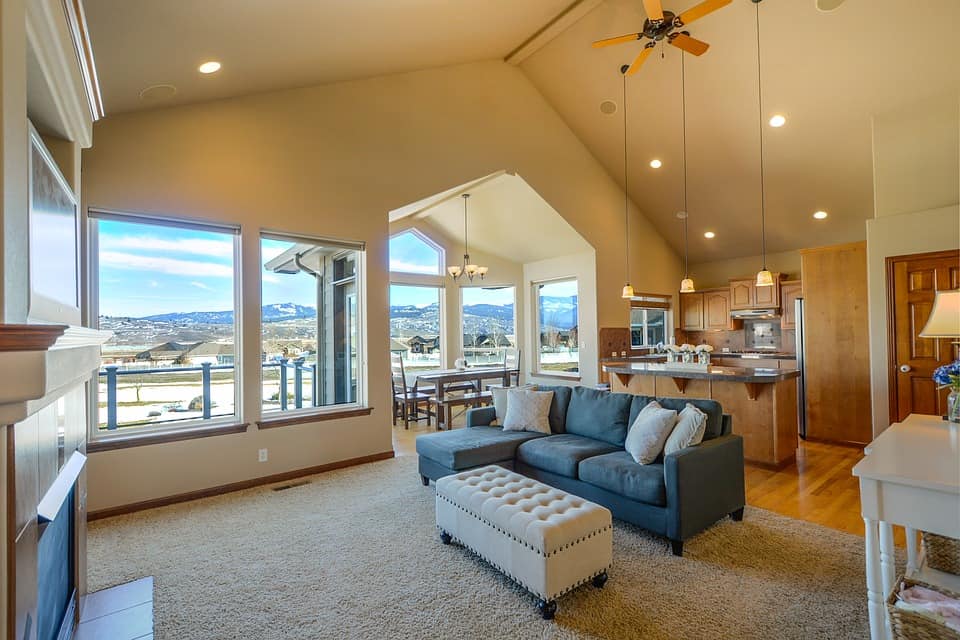
Conclusion
While smart home automation has changed the culture and the way we live. Try not to think of your DIY smart home implementation as a money pit. It really doesn’t have to be if you don’t want it to be.
If you start out with the right bridge this entire thing could be as little as $1000 out of your pocket depending on what things you and your family determine that you will implement as part of it.
The sky truly is the limit. If you find that you don’t want to spend $1000 at one hit or it’s just too much to wrap your head around all at once. Then start small with a bridge and work your way into smart lighting, or smart home security.
You could start out with as little as $200 to get yourself up and running and then decide what you want to add. Just make sure whatever you do, that everything is compatible with your hub and you will be fine.
I hope you have found this guide helpful. Please check out some of my other articles on the site. I’ve covered a lot of topics on this page I hope you find them useful and come back for more content in the future.








